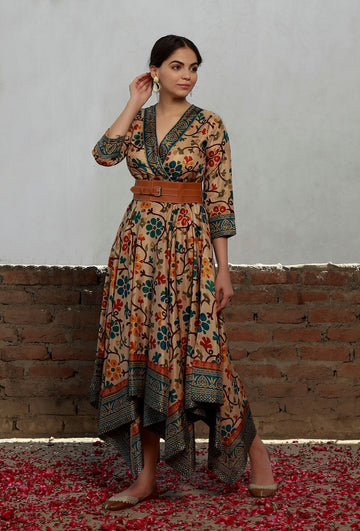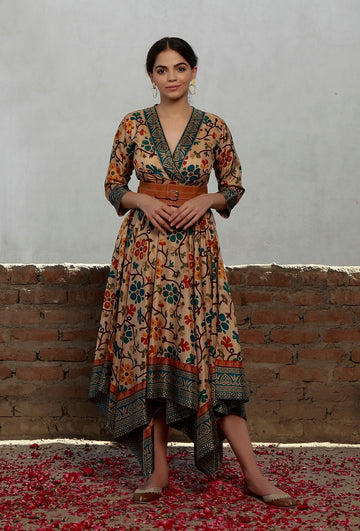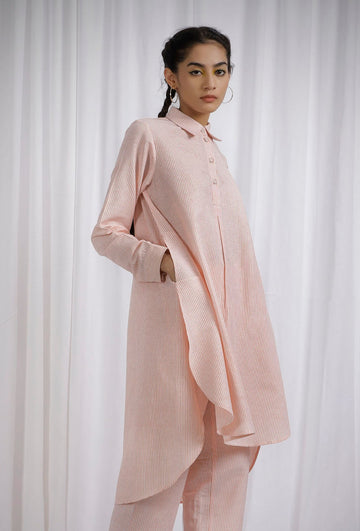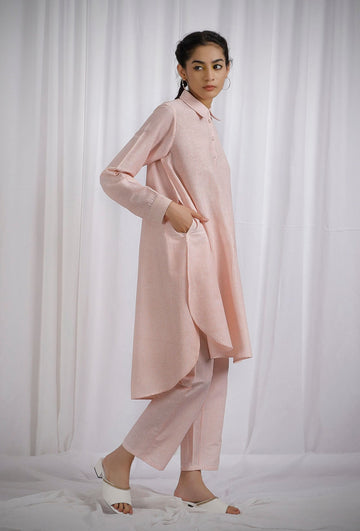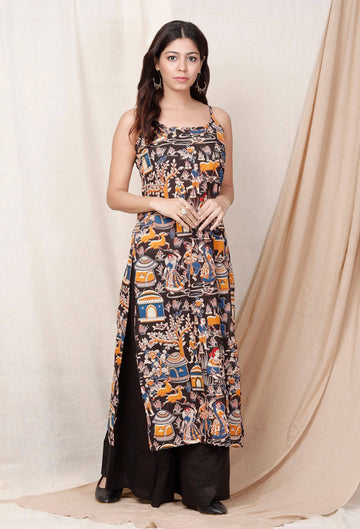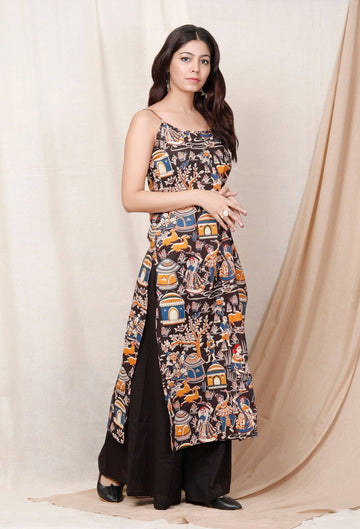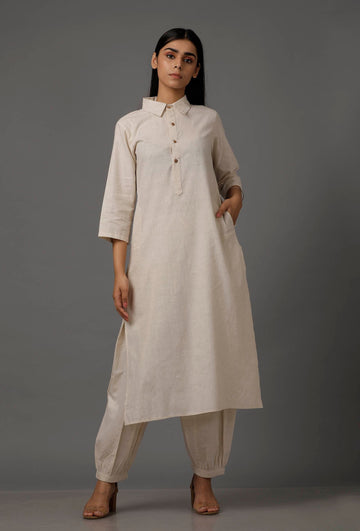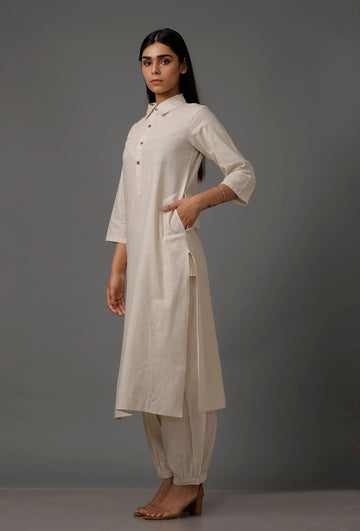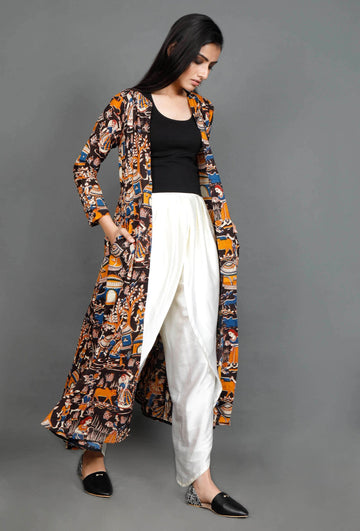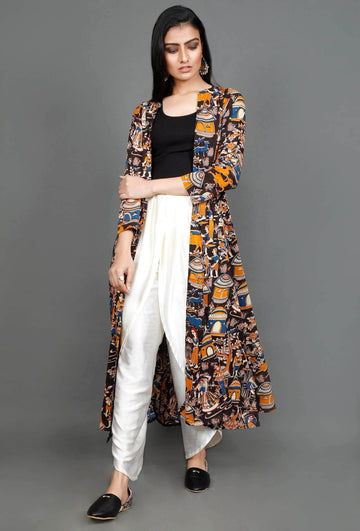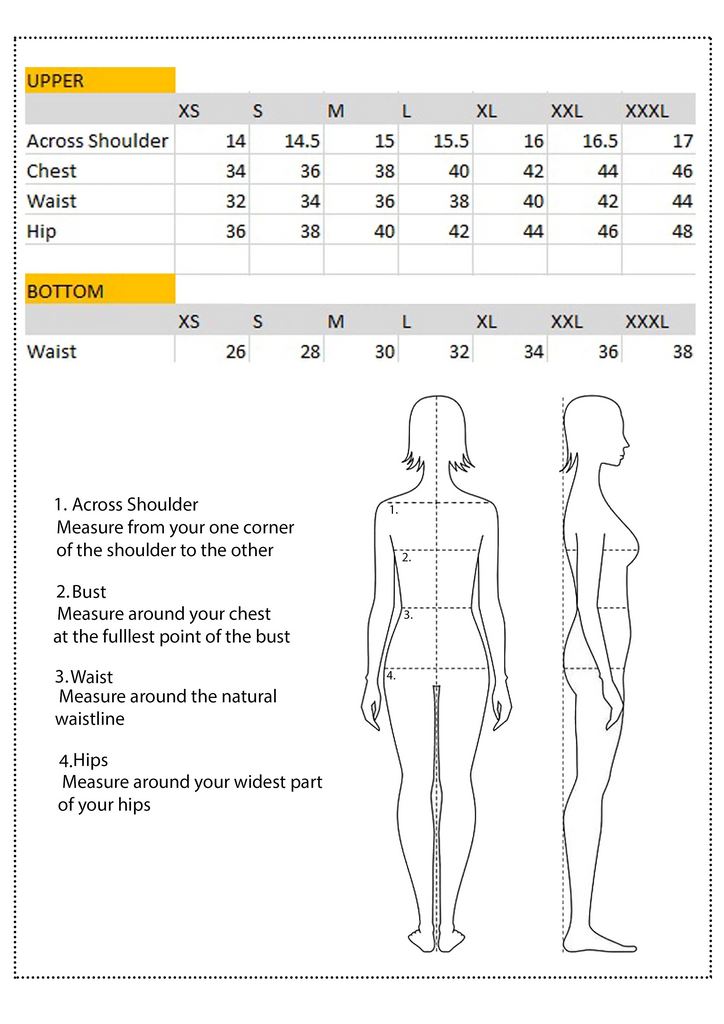Print Mix & Match: How to Combine Patterns Without Overdoing It
Mixing prints in fashion is all about balance, complementary patterns, and confidence. Just like cooking, there’s no one fixed formula for mixing prints. All you need to know is the basic principles to break them stylishly.
From pairing a block-print skirt with a plain top to styling a dual-print dress, the goal is to create a look that feels comfortably stylish and not overwhelming. If you are new to mixing prints, this blog is your guide.
Combining Patterns Correctly: Expert Tips
Understand the Rule of Balance: Balance is the key to mixing prints correctly. A bold piece should be paired with something subtle. For example, pair a vibrant block print skirt with a solid colored cotton blouse or top with minimal detailing.
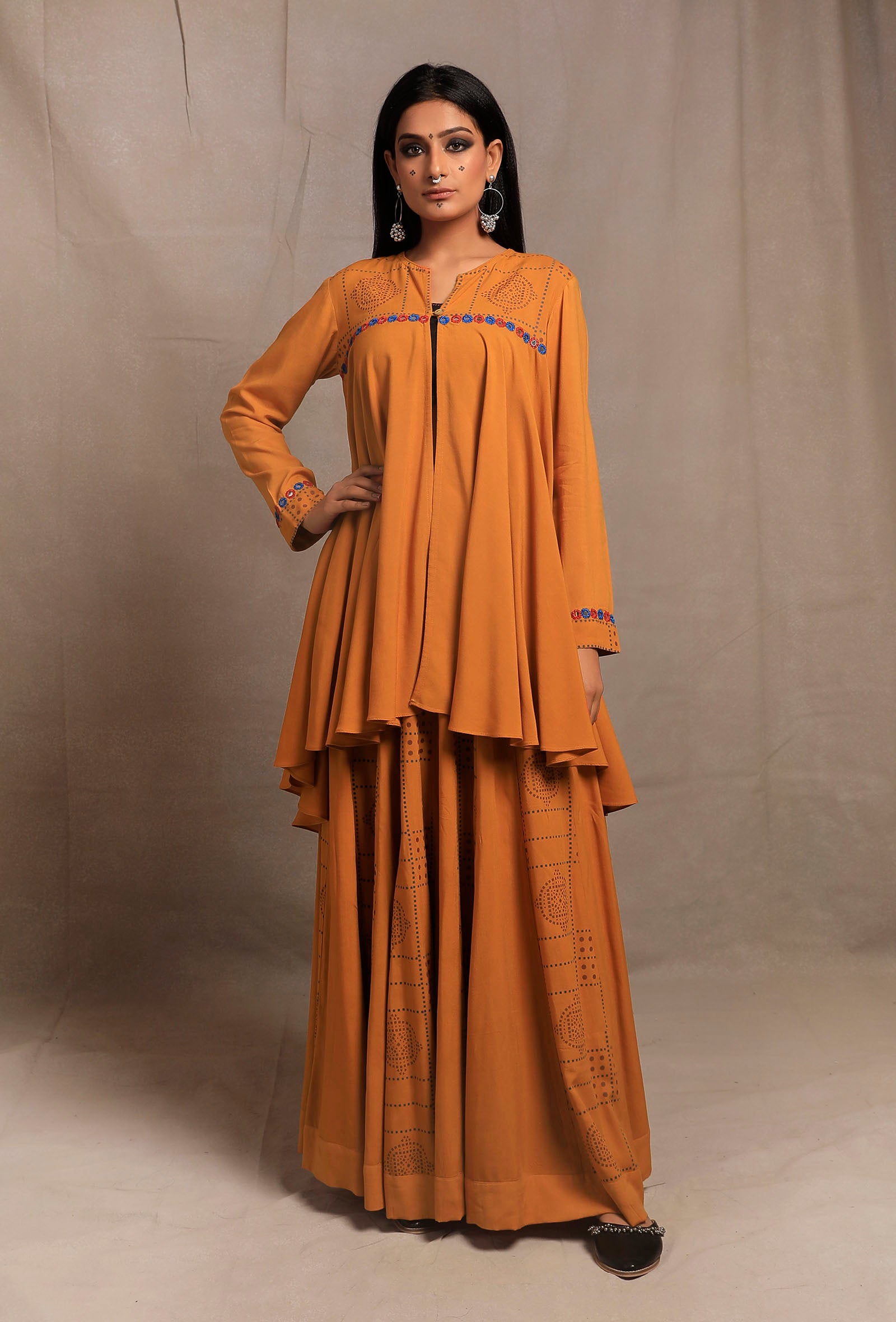
Pro Tip: Let one print be the centre of attraction and the other play a supporting role.
Play with the Same Color Family: Sticking to the same color family (same color tones) is one of the easiest ways to combine prints. For example, a navy-and-white ikkat kurti can be paired with a striped cotton dupatta in the same hues. Even if the patterns differ, the color ties everything together.
Reference: Our dual print dresses often use this technique by mixing two distinct motifs in perfectly coordinated colors.

Mix Prints with Different Scales: If both your top and bottom wear are printed, ensure that one print is smaller than the other. For example, pair of floral block-print skirt with a tiny polka dot cotton halter top. In this, the larger prints draw attention, and the smaller prints act as texture, avoiding the outfit from feeling overwhelming.
Use a Neutral Anchor: If confused, pick an outfit in a neutral color or print density. For example, pair a bold geometric-print kurti with a plain khadi skirt. The neutral color works as a calming base, allowing the prints to shine without overdoing the overall look.
Layer with Intent: If you are layering your outfit, try layering the prints. For example, pair a striped shrug over a block-print kurti and skirt combo. Layering adds depth to the outfit, allowing you to showcase multiple prints seamlessly.
Pro Tip: When layering multiple patterns, ensure you wear minimal accessories.
Let Accessories Bridge the Gap: Accessories help blend two different prints. For example, pair a paisley-printed kurta with a checkered scarf and a solid-colored bag. Accessories usually repeat a color from your main prints or act as a visual separator between them.
Experiment with Dual-Print Garments: If you aren’t confident about mixing prints yourself, opt for dual-print garments where the work is already done for you. For example, Tjori’s dual-print halter-neck dresses or kurti-skirt sets come with two carefully chosen patterns in one outfit. These pieces have balanced proportions and harmonious colors, making them foolproof for beginners.
Keep the Occasion in Mind: While some prints are ideal for casual wear, others suit festive occasions. Light floral block prints or small geometric motifs are perfect for everyday wear. For festive wear, choose rich Ajrakh or bold Mughal-inspired patterns.
Pro Tip: For workwear, a maximum of 1-2 prints is ideal. You can experiment more for casual or festive looks.
Mind the Fabric Texture: Remember, two patterns in clashing textures can be overwhelming. For example, a cotton block-print skirt pairs well with a soft mulmul or khadi top instead of a heavy brocade one. The weight of similar fabrics allows the prints to blend perfectly.
Confidence is the Final Ingredient: The final look of any outfit depends on how confidently you pull it off. Wear with confidence, and the outfit will look stylish.
Final Thoughts
Mixing prints isn’t as complex as it may seem. Once you know about balance, scale, and color harmony, you can create outfits that look cohesive and unique. From stepping out for a coffee date or attending festivities, Tjori’s offers a range of handcrafted kurtis, skirts, and dual-print dresses at affordable prices. Shop for the best handcrafted apparel from Tjori and experiment with patterns without overdoing it.
